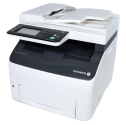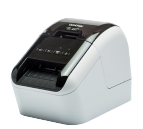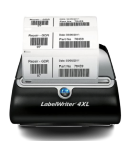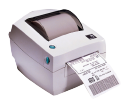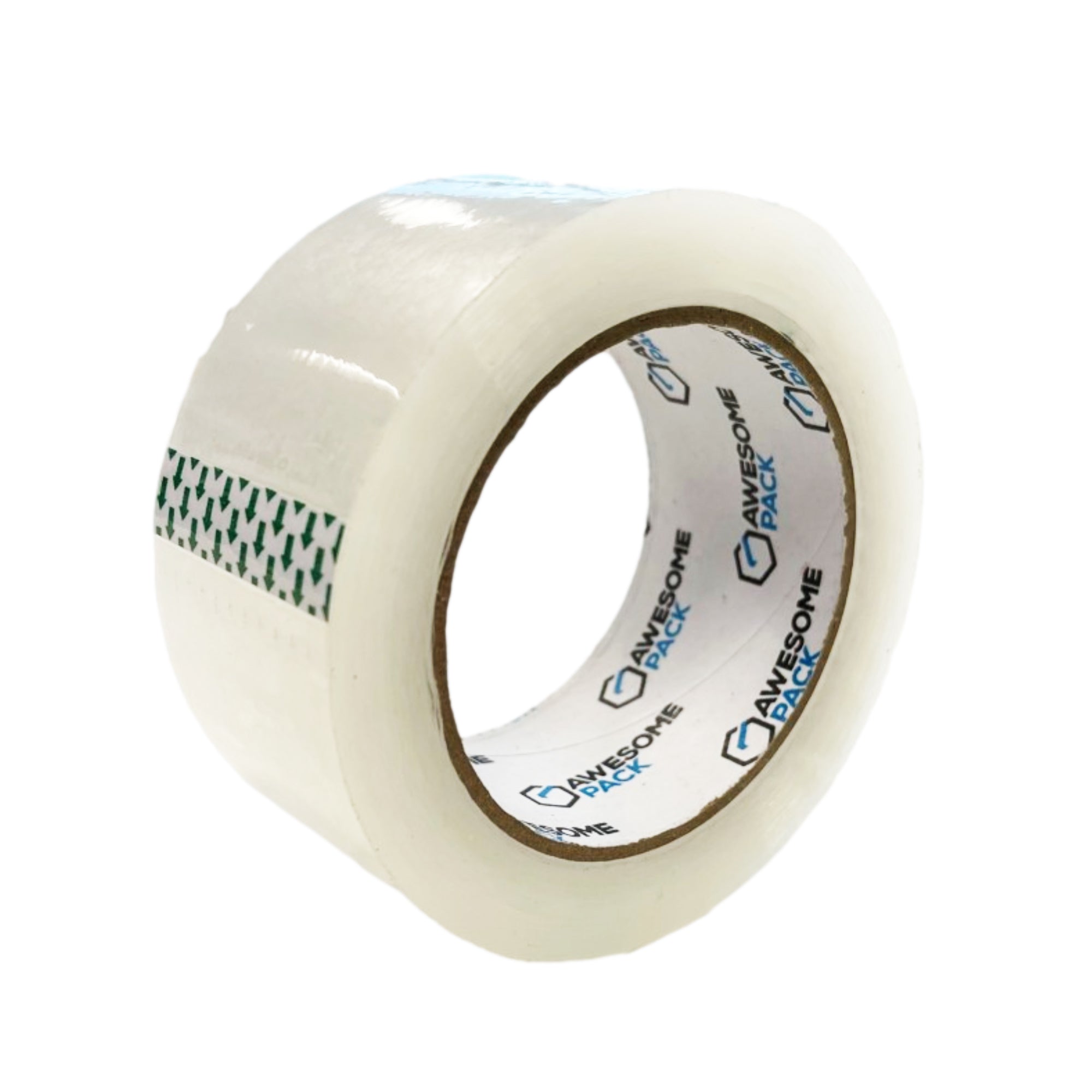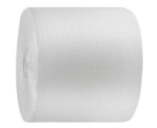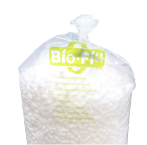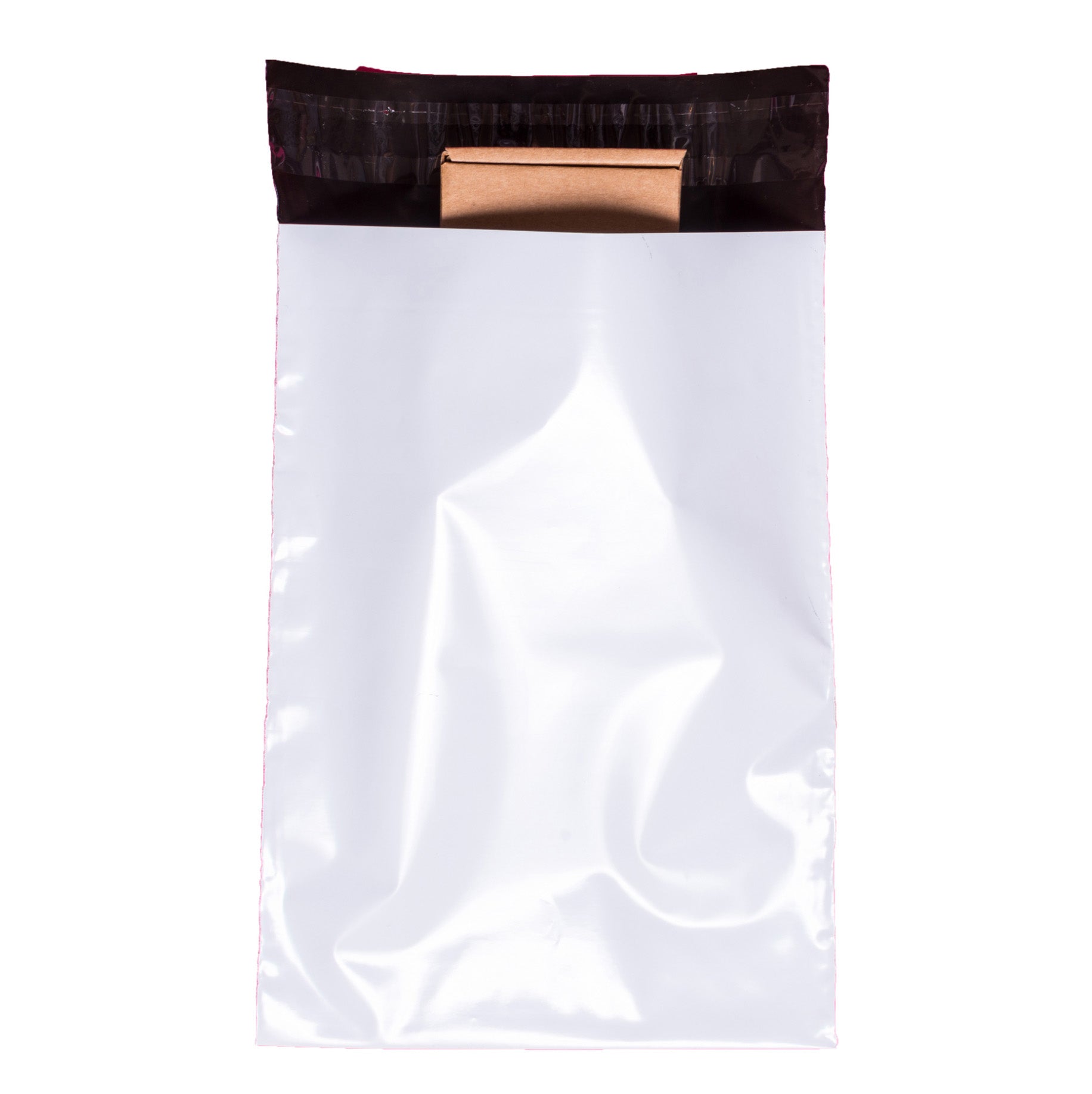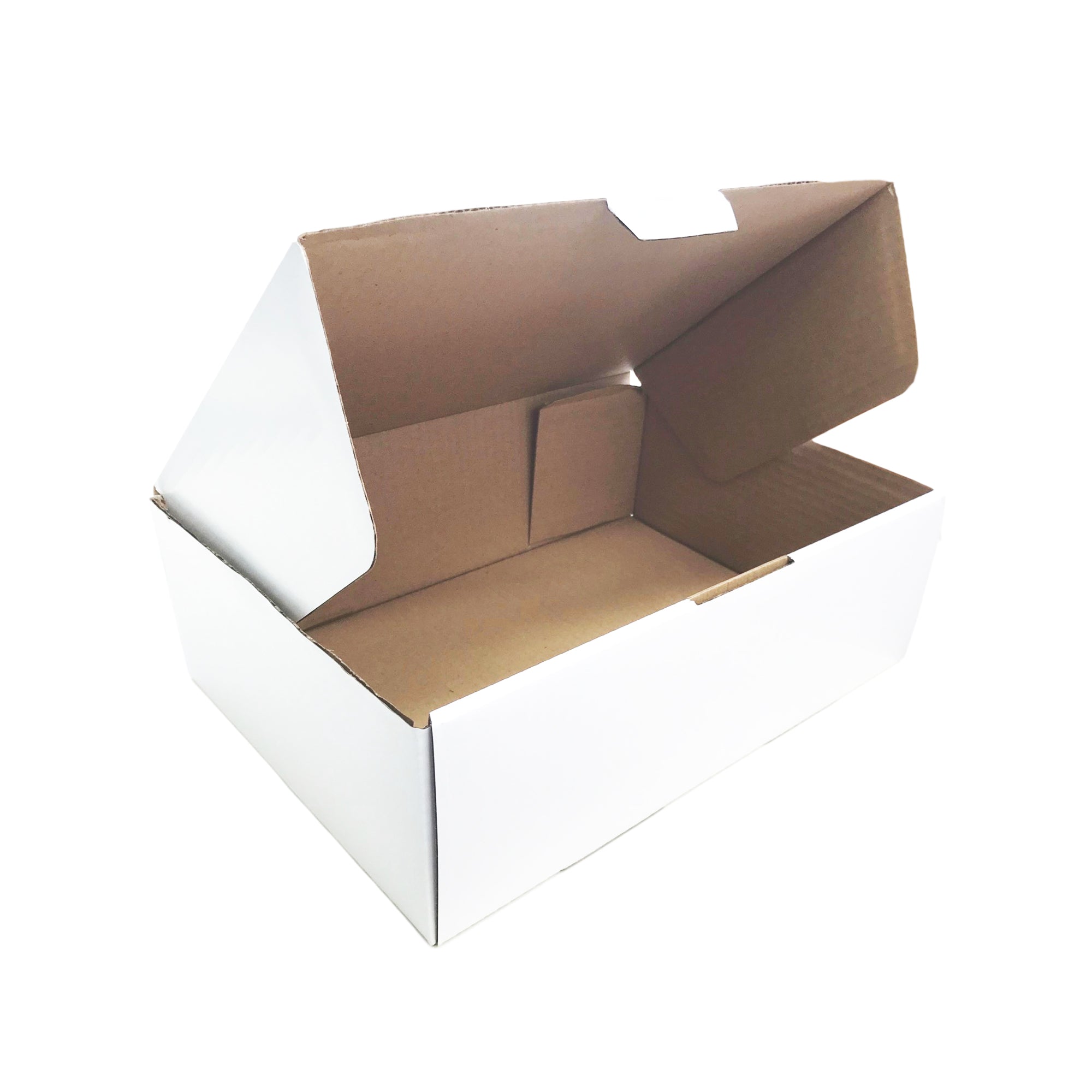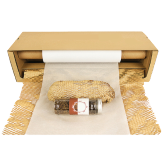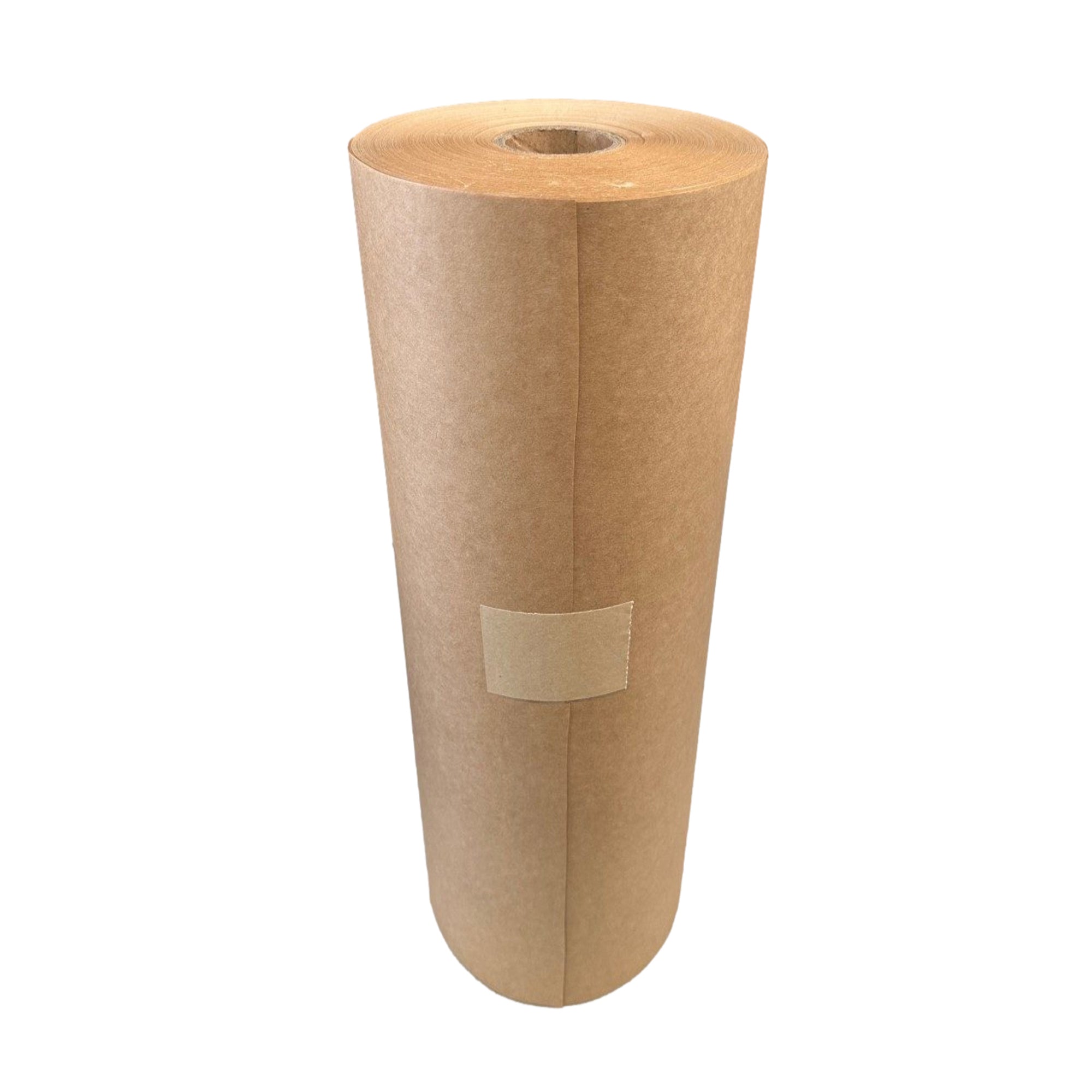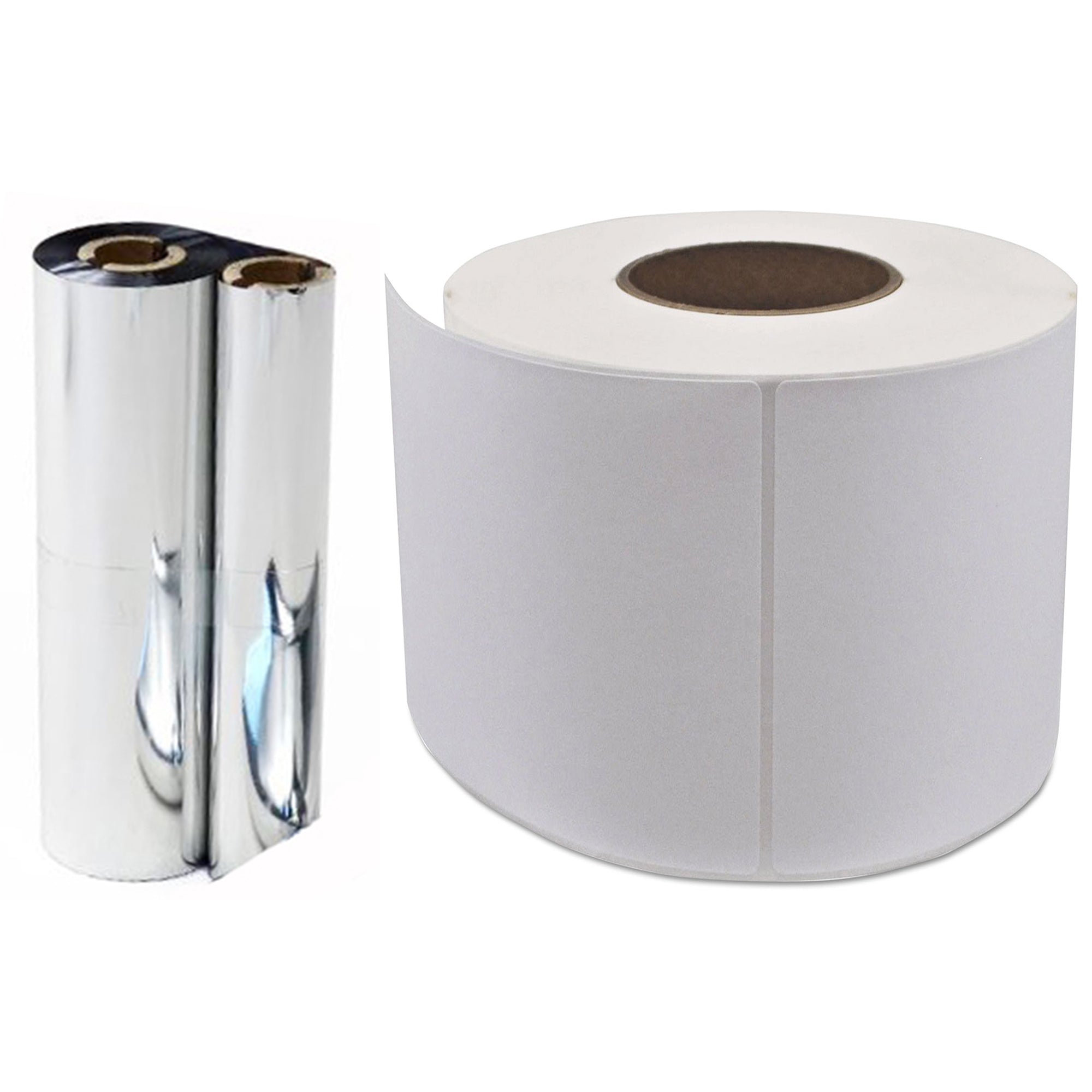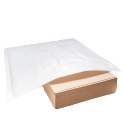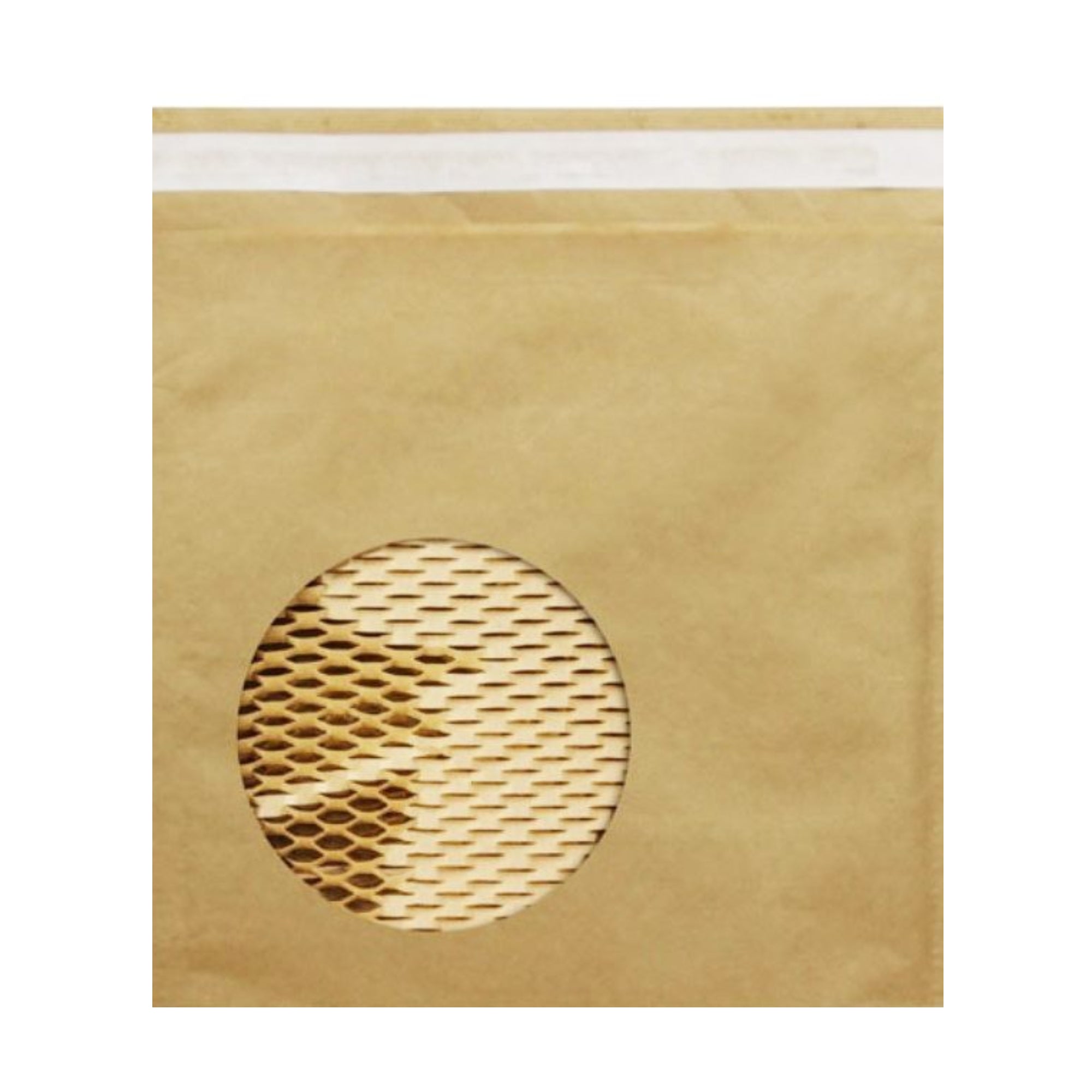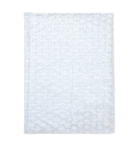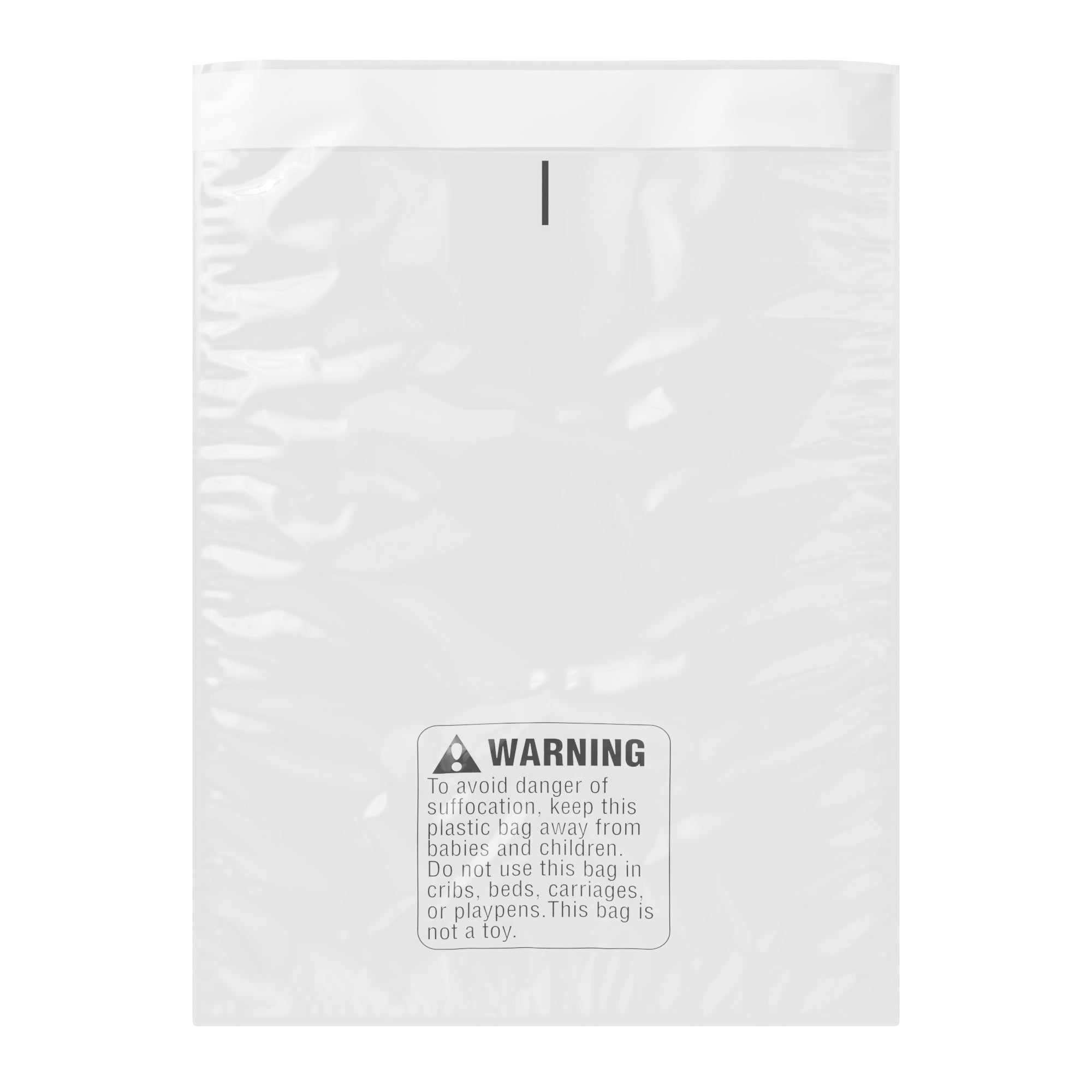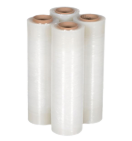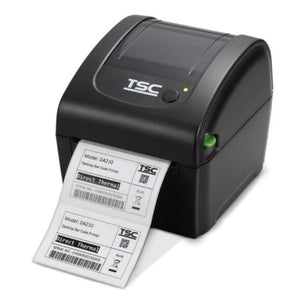Eco-Friendly Food & Beverage Packaging for the Hospitality Industry
Here’s a fact – the world has a plastic problem. Approximately 60% of all plastic produced worldwide is used for food packaging. Guess where they end?
Plastic waste takes the longest to decompose. Some plastic items take up to 1000 years to decompose in the landfill, while plastic bottles take up to 450 years. Sadly, some of this plastic ends up in the ocean, harming wildlife. Also, microplastic in the soils and the leaching of potentially toxic substances negatively affect the ecosystems.
You don’t need too much research to conclude that fragments of plastic are present all over the world. This explains the phasing out of plastic in some states in Australia. Following the COAG Energy Council Meeting last year, Australia’s then minister for the environment Josh Frydenberg announced plans to eliminate non-recyclable packaging in Australia by 2025. This will include phasing out single-use packaging, 50% national average of recycled content encompassing packaging, and 70% of packaging being compostable, recyclable, and reusable.
Australia’s hospitality industry is switching to eco-friendly packaging solutions. However, many outlets still use traditional packaging because of affordability, convenience, and accessibility. With the challenge far from over, let’s shed more light on the hospitality industry's eco-friendly food and beverage packaging.

What’s the problem with plastic packaging?
Plastic was originally received as a breakthrough material when it was first synthesised. The primary reasons are that plastic is versatile, long-lasting, and easy to mass-produce. However, the fundamental issue is that most plastics are single-use products. They are not recycled and reused after their first use.
Plastic only becomes a problem for the environment when it is used once and thrown away without recycling. Plastic is ubiquitous. They are one of the main products of fracking, harm the environment, and often last forever. For the players in the hospitality industries, paradigm shifts across different industries and geographies demand a disruption of the conventional, traditional, and rigid food packaging processes.
Why choose sustainable eco packaging?
Sustainable food packaging is environmentally-friendly, eco-friendly, and recyclable packaging designed to reduce waste and carbon footprint. Unlike plastic food packages, sustainable packaging doesn’t have chemicals that pose a toxic and endocrine-disrupting risk to humans. Instead, they feature plant-based extracts and sustainable bioplastics like bamboo and wood that are reusable, biodegradable, and free from toxic chemicals.
Some sustainable food packages do contain chemicals. However, the movement of the chemicals into food and the body is lower than it is with plastic. As a result, they are safer for the environment and human health.
There are four main categories of sustainable food packaging for the hospitality industry:
Reusable packaging
Reusable food packaging items are more environmentally friendly. As the name suggests, you can use them more than once for the same function or repurpose them for something else. Reusable food packaging is made from recycled plastic, wood, bamboo, glass, and aluminium. In contrast to single-use items, they can last years.
Recyclable packaging
Recycling is another effort many outlets in the hospitality sector are adopting to reduce food packaging waste. The Australian government has recycling facilities where items are transformed into new products. Various materials within the packaging, including natural and artificial, can be recycled to discourage single use.
Biodegradable packaging
Biodegradable food packaging is designed to break down naturally with ease without harming the environment, even for single-use items. They are made of natural materials sourced from plants, animals, and minerals that naturally-occurring microorganisms can degrade easily. Compostable packaging is a type of biodegradable packaging which we will discuss below.
Compostable packaging
Although biodegradable and compostable are often used interchangeably, they are not the same. Compostable materials break down in a controlled environment. They are sometimes subject to heat, pressure, and a healthy population of microorganisms for a period. Compostable materials release nutrients and value to the soil once they break down. On the other hand, biodegradables sometimes leave useless metal residues behind and can also be just plastic with an additive that make the plastic break down into finer particles and can be very harmful when you breathe it in.
In Australia there are 2 types of Compostable Certification, AS4736 which means the material is Compostable in a Commercial environment and AS5810 which means the material is Home Compostable and is the highest grade of Composability as this type of material generally break down naturally within 6 months. A lot of Coffee cups in Australia now claim is it Compostable and AS4736 certified however the problem is that when the end consumer dispose it, it will take up to 2 years to decompose in a natural environment.
Eco-friendly food and beverage packaging options for the hospitality industry
Bamboo
Bamboo is widely available, and its thick fibres are used to create sustainable clothing and food packaging options. You can use them as lunch boxes, bread boxes, countertop glass jar lids, and serving bowls. Bamboo can be reused and recycled and is durable and heat resistant.
Paper/cardboard
Paper is made from recycled paper, wood, natural fibre, and manure. Depending on the thickness, you can use it to transport different foods, including soups. Also, since the paper is abundant, it is a more affordable packaging option for many food-based establishments.
Cornstarch and rice husk
Cornstarch is suited for non-liquid meals. The food containers are made from maize and corn plants. Hence, they are biodegradable. Rice husk is renewable and biodegradable and has bio-absorbent properties. You can use them to make shatterproof serving bowls, sealable lunch boxes, etc.
Glass, metal, and stainless steel
Sterilised glass is durable and reusable. You can use them together with other materials for keeping bulk foods. Metal packaging for carbonated and non-carbonated drinks can also be recycled via melting, crushing, and reproduction.
Eco-friendly plastic food packaging
Single-use plastics and plastics with Bisphenol-A (BPA) are the type of plastics to avoid. The reason is that BPA migrates from food packaging to food and increases the risk of infertility, polycystic ovary syndrome, and other metabolic disorders. Also, avoid disposable takeaway containers.
Eco-friendly plastics for food packaging include polyethylene terephthalate (PET) and polylactic acid PLA. PET plastic is strong, lightweight, and does not react with food. It is also BPA-free, 100% recyclable, and freezer-safe. On the other hand, PLA plastic has a smaller carbon footprint than traditional plastic and is suitable for hot and cold applications.
Eco-friendly alternatives
- Plastic bags: paper bags, reusable plastic bags, and take-out boxes are durable, recyclable, and compostable.
- Cutlery: eco-friendly and sustainable cutlery options include wooden cutlery, a popular alternative to plastic.
- Coffee cups: sustainable coffee cups made from forest stewardship council-certified paper boards are more environmentally-friendly.
Conclusion
The rising consciousness of eco-friendly food packaging in the hospitality industry is possible due to the wide variety of options available. Regardless of the material you want to use, ensure they are reusable, recyclable, biodegradable, and compostable.
Discover our Eco Friendly Packaging Supplies for eCommerce businesses.
Always bringing you value to your eCommerce journey.
Awesome Pack Team


